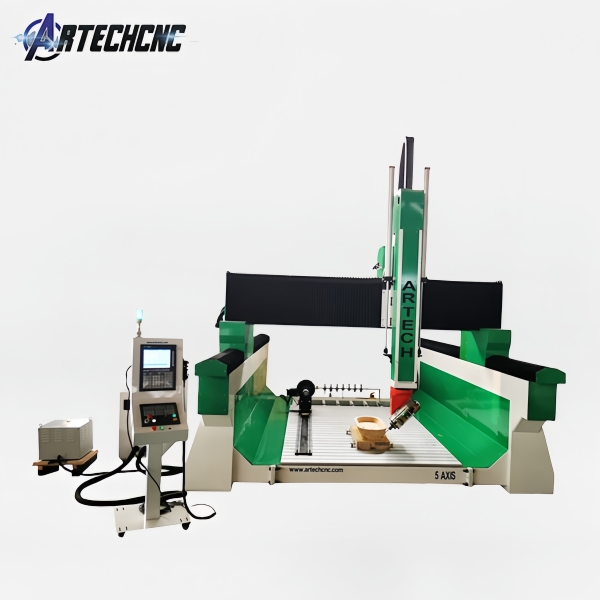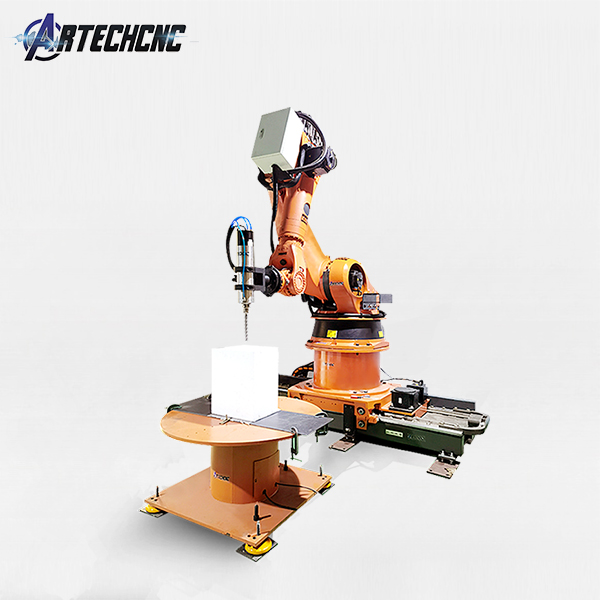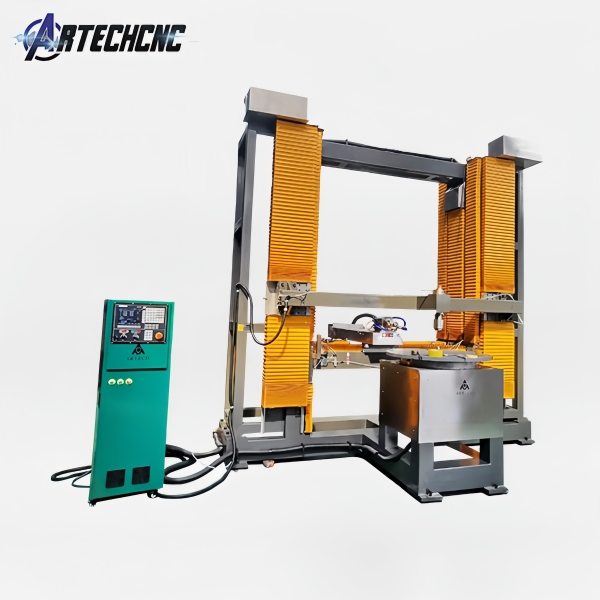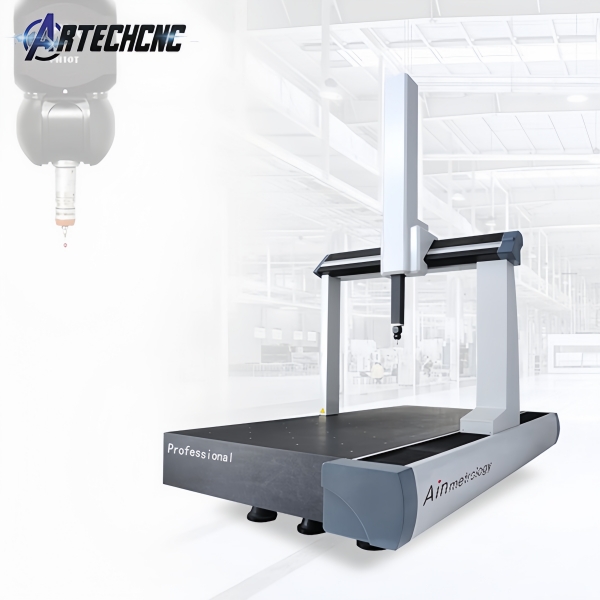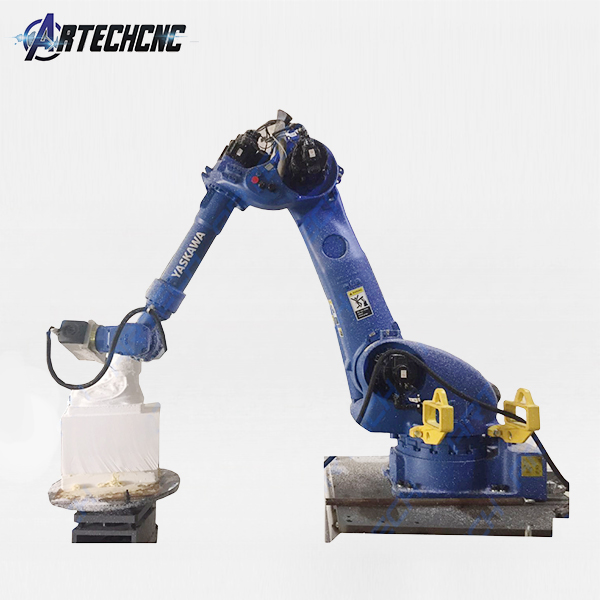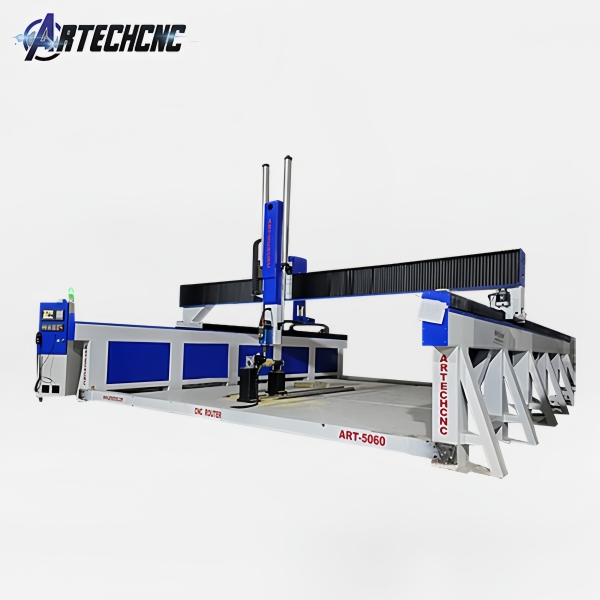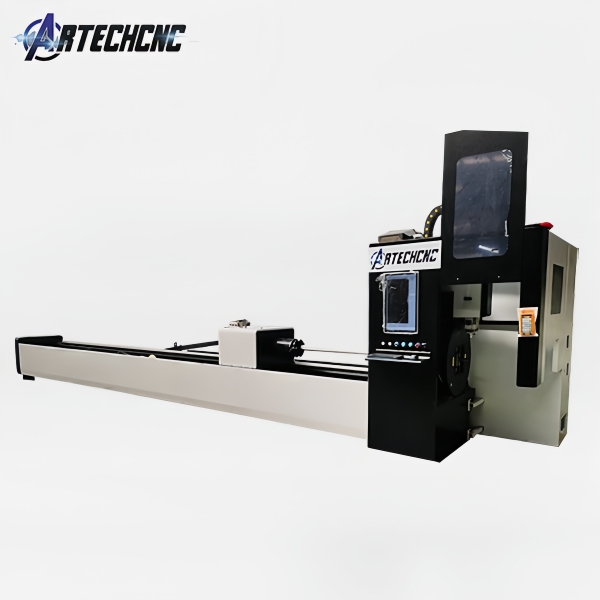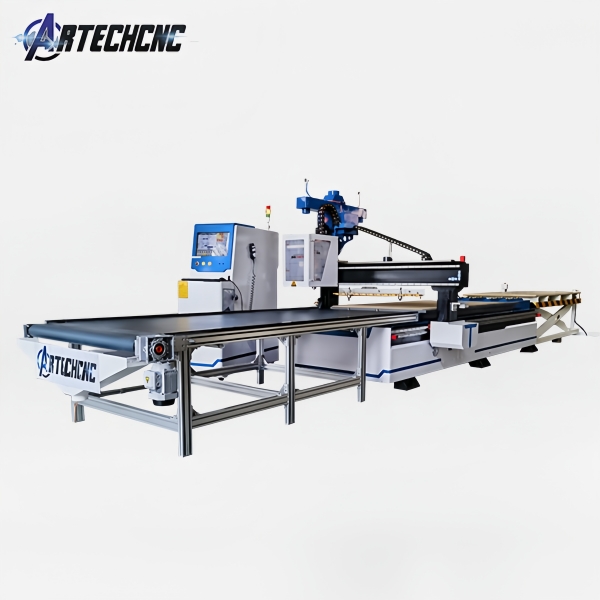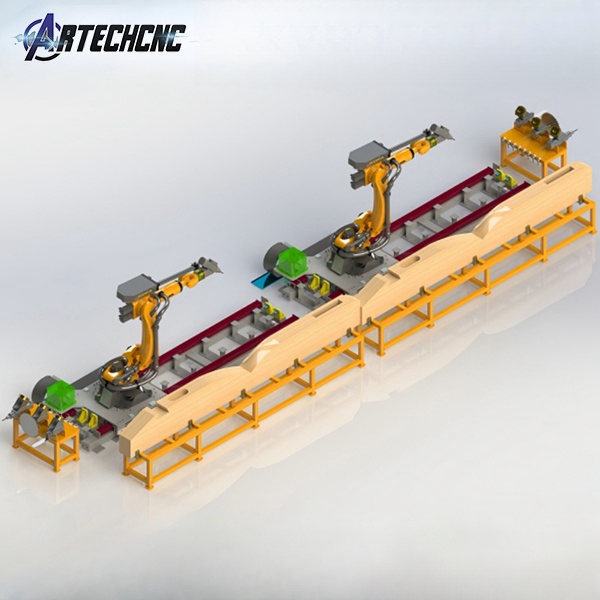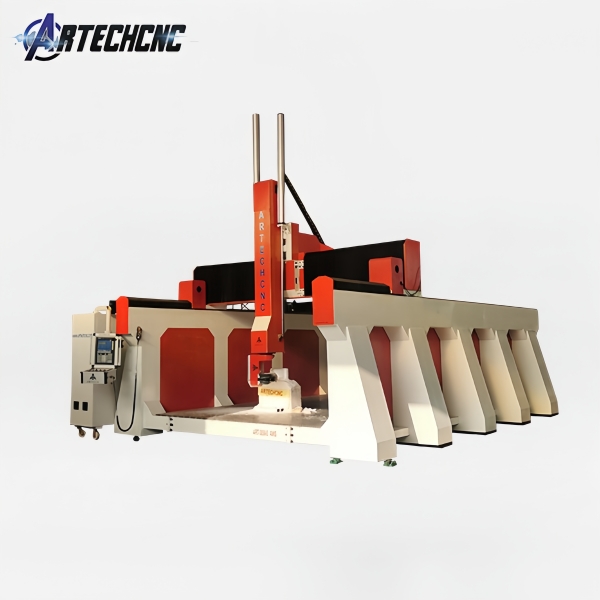Comprehensive Comparison: Manual Welding Process vs. Robot Welding Arm Process
Industrial welding has undergone a radical transformation with the introduction of the Robot welding arm, which outperforms manual arc welding in automation, precision, productivity, and quality control. Designed for high-volume manufacturing environments, robotic welding systems deliver unmatched consistency and efficiency. This report provides a detailed technical comparison between these two fundamentally different approaches.
1. Manual Arc Welding Process Analysis
1.1 Human-Dependent Operation
In traditional manual welding, the entire process - from arc initiation to seam completion - relies solely on the welder's physical control. Operators must manually guide the torch while simultaneously adjusting parameters.
1.2 Stringent Skill Requirements
Requires 500-1000 hours of training for basic proficiency
Expert welders needed for critical applications (e.g., pressure vessels)
Real-time judgment required for parameter adjustment
1.3 Inconsistent Quality Output
Studies show manual welding exhibits:
15-25% defect rate in production environments
0.5-1.2mm positional variance in bead placement
Significant quality fluctuations between shifts
1.4 Productivity Limitations
Average deposition rate: 2-4 kg/hour
Effective working time: ≤70% due to fatigue
Typical output: 8-12 meters of weld per shift
2. Robot Welding Arm Process Breakdown
2.1 Fully Automated Operation
The Robot welding arm integrates:
6-axis articulated robotic manipulator
Automated wire feeding system
Precision torch positioning (±0.05mm)
2.2 Precision Engineering
Key capabilities:
0.02mm repeatability in path following
Adaptive voltage control (±0.5V tolerance)
Real-time seam tracking with laser vision
2.3 Production Performance
Deposition rates: 8-15 kg/hour
Continuous operation: 23.5h/day achievable
Typical output: 50-80 meters of weld per shift
2.4 Economic Advantages
60-75% labor cost reduction
90% reduction in rework costs
ROI period: 12-18 months in high-volume applications
3. Technical Comparison Matrix
| Evaluation Criteria | Manual Welding | Robot Welding Arm |
|---|---|---|
| Positioning Accuracy | ±1.0mm | ±0.05mm |
| Process Consistency | CV≥25% | CV≤3% |
| Standard Output | 10m weld/8h shift | 60m weld/8h shift |
| Defect Rate | 18-22% | <2% |
| Energy Efficiency | 60-70% | 85-92% |
| Training Requirements | 6-12 months | 2-4 weeks (programming) |
| Adaptability | High (flexible adjustments) | Requires fixture standardization |
4. Implementation Case Studies
4.1 Automotive Chassis Welding
A major OEM replaced 35 manual stations with 12 Robot welding arm cells:
Throughput increased from 40 to 120 units/hour
Defect rate reduced from 15% to 1.2%
Floor space requirement decreased by 40%
4.2 Pressure Vessel Manufacturing
Implementation of Robot welding arm systems resulted in:
X-ray pass rate improvement from 82% to 99.6%
Welding time reduction from 8 hours to 2.5 hours per vessel
Elimination of post-weld heat treatment in 70% of cases
5. Technical Limitations and Solutions
5.1 Robot Welding Arm Challenges
High initial investment (250,000 per cell)
Limited adaptability to design changes
Requires precise part fixturing
5.2 Hybrid Approach Solutions
Many manufacturers adopt:
Manual welding for prototype development
Robot welding arm systems for production batches
Collaborative robots (cobots) for mid-volume flexibility
6. Future Development Trends
6.1 Next-Gen Robot Welding Arm Features
AI-powered parameter optimization
Haptic feedback for hybrid manual/auto operation
3D printing integration for additive welding
6.2 Market Growth Projections
The global Robot welding arm market is forecast to grow at 12.7% CAGR through 2030, driven by:
Automotive electrification demands
Aerospace lightweight structure requirements
Construction industry automation

